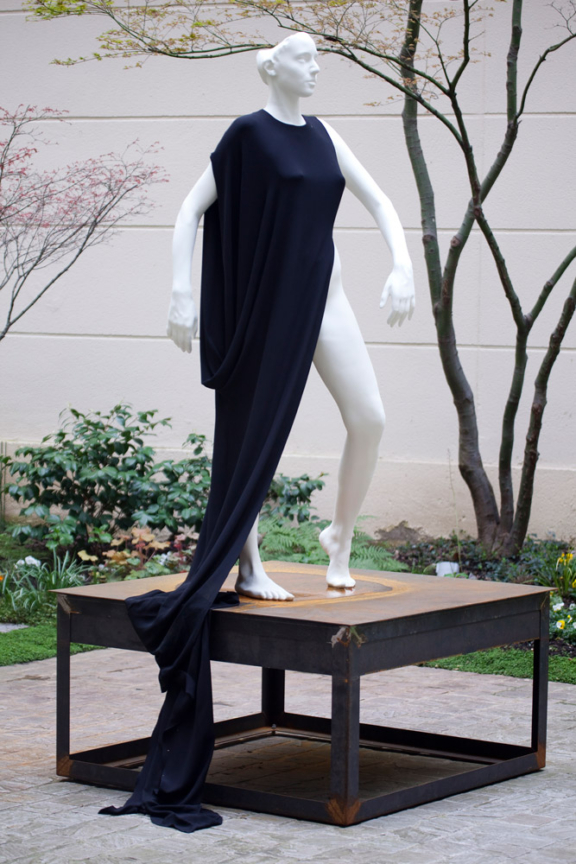
Julião Sarmento
Marie
Lisbon, Portugal, 1948 – Estoril, Portugal, 2021
His interests, strongly influenced by English-language cultures, focused on developing themes and images inspired by literature and cinema, almost always present in his works in the form of quotations, montages and procedural manipulations. It was in a context configured by post-minimalist, post-pop and post-conceptual legacies that the first, original lines of Julião Sarmento’s work were inscribed.
His career, generally divided into distinct phases, engaged in dialogue with the various dominant trends in the visual arts, without lessening their singularity. Initially, in the 1970s, the image was reproducible and relationships of meaning between text and image were a priority, gradually evolving to form a discourse on desire, based on pictorial devices generally associated with a ‘return to painting,’ characteristic of the ‘80s, for which he made use of textures and contrasts accentuated by the matter of the painting’s support. The purification of compositional elements came to define the evolution of a body of work that insisted on the negativity of the representation, on the inscription of the brush stroke on a white background, in an enigmatic game, somewhere between seduction and violation, fragmenting and diluting, bit by bit, the image obtained between the cracks of the imagination. There followed a ramification into kisses, the touch and perforation of flesh, knives that threaten to cut, tables, dresses that conceal, hands and feet, gloves, architecture, the interior and exterior space, the marks of a presence, the traces of transgression.
Julião Sarmento held his first solo exhibition in 1976, in the Modern Art Gallery of the Sociedade Nacional de Belas Artes (SNBA), and in 1983 he was one of the participating artists in the controversial group exhibition Depois do Modernismo (After Modernism), also at the SNBA. In 1997, he represented Portugal at the 47th Venice Biennale. Other highlights of his career include participation in major contemporary art events, such as: documenta 7, in 1982, and documenta 8, in 1987, the XI Paris Biennial, in 1980, the 49th Venice Biennale, in 2001, the 25th São Paulo Biennial, in 2002, as well as other projects that gave him strong international recognition. Equally relevant were his collaborations with Atom Egoyan at the 48th Venice Biennale in 2001, and with John Baldessari and Lawrence Weiner on a film made in 2004.
Often mentioned by critics over the last thirty years – Germano Celant, Alexandre Melo, Nancy Spector, Delfim Sardo, Hubertus Gabner, James Lingwood, Adrian Searle and Louise Neri, among others – Julião Sarmento displayed his work at many significant national and international institutions: Calouste Gulbenkian Foundation, Serralves Foundation, Museo de Bellas Artes de Málaga, Luís Cernuda Foundation, in Seville, IVAM, in Valencia, Guggenheim, in New York, and Van Abbemuseum, Witte de With and Stedelijk Museum, in the Netherlands.
Pedro Faro
May 2010

Marie
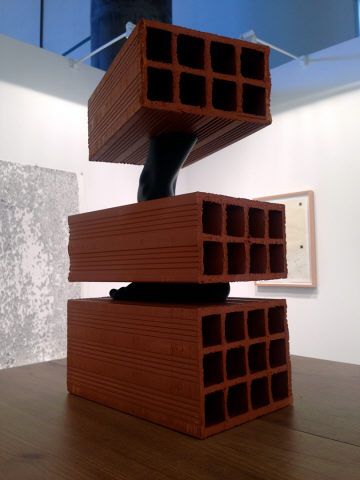
Two Body Parts
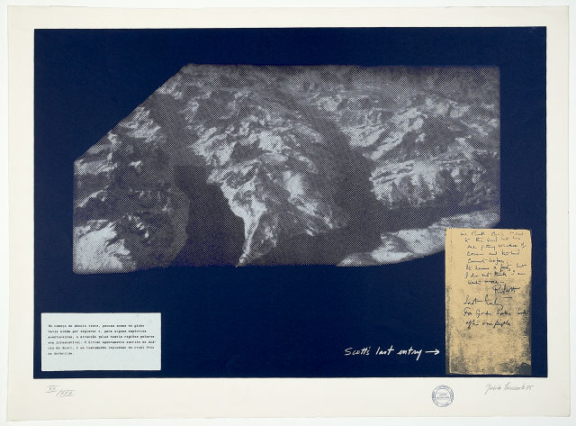
Scott’s Last Entry
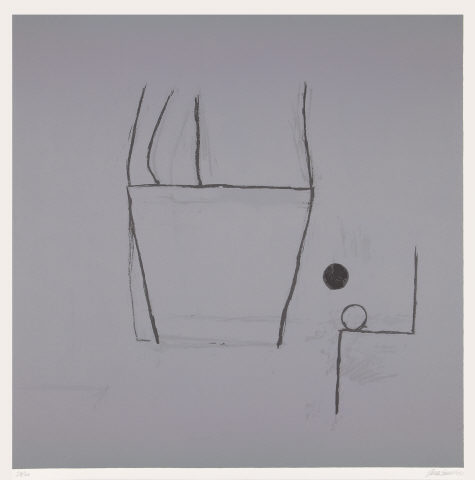
Pina
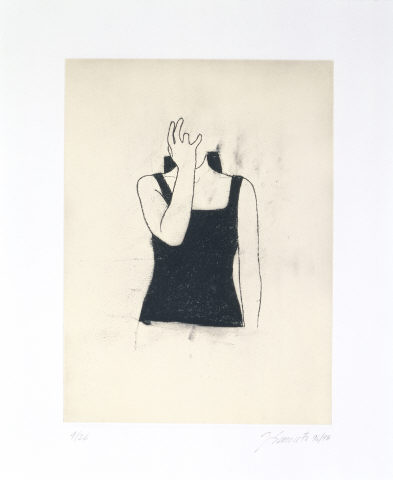
The House With Upstairs in it
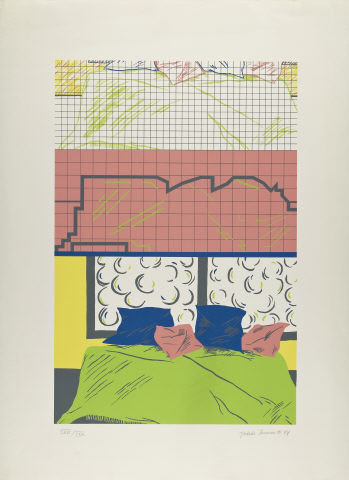
Quarto de cama n.º 21

The House With Upstairs in it
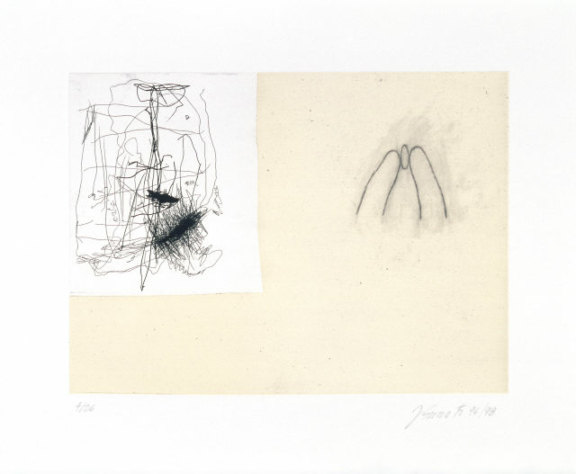
The House With Upstairs in it
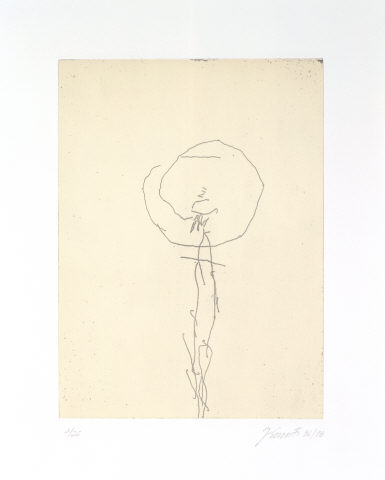
The House With Upstairs in it
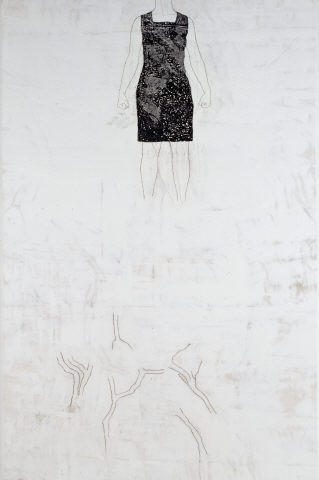
An Involved Story
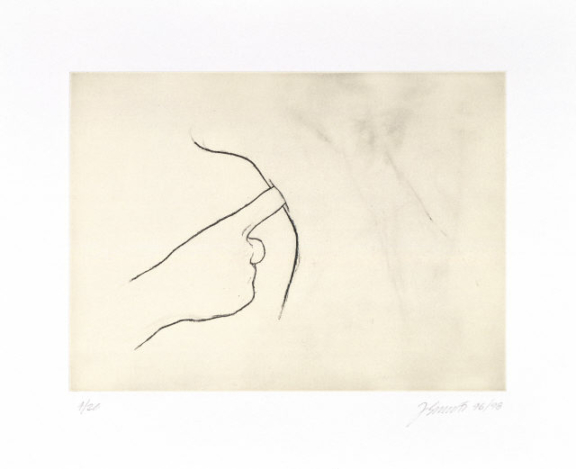
The House With Upstairs in it
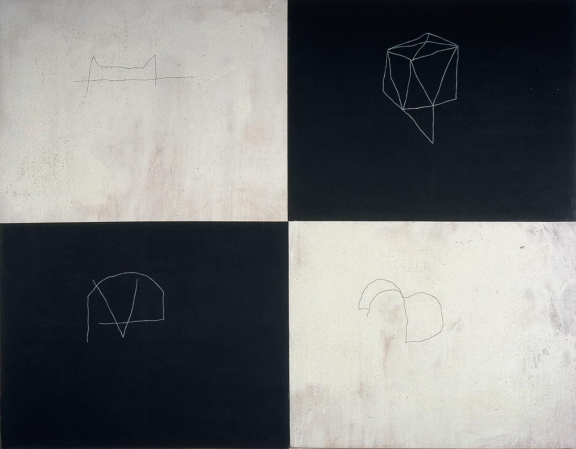
Pintura Cega (Três Instrumentos de Prazer e um de Morte)
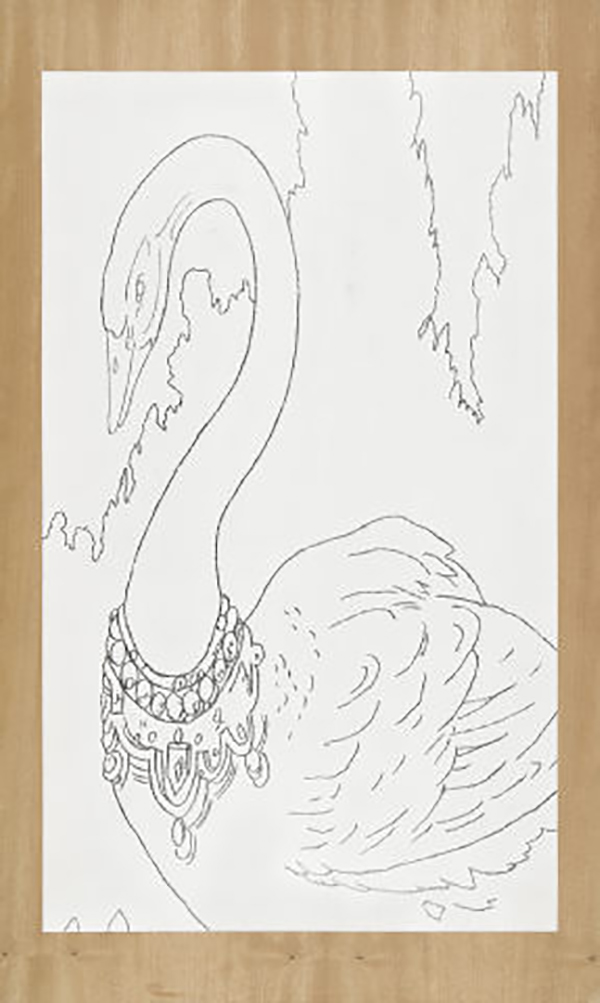
O Paradigma de Basedow aplicado à Pintura Decorativa (I a XI)
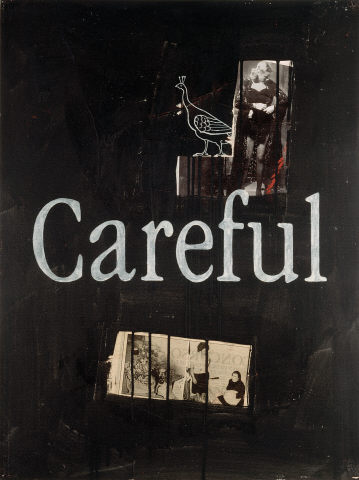
Tales on Dirty Realism (Careful)
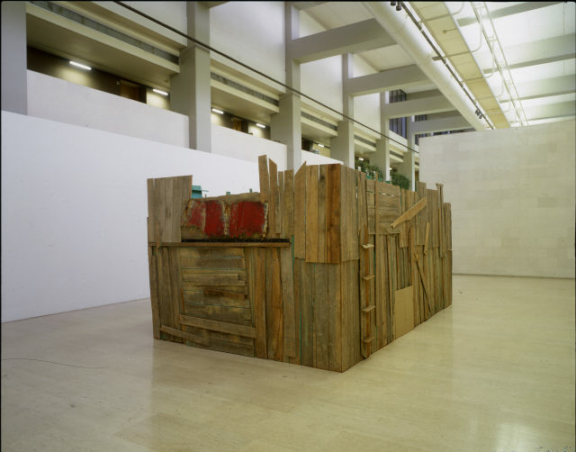
Amazônia
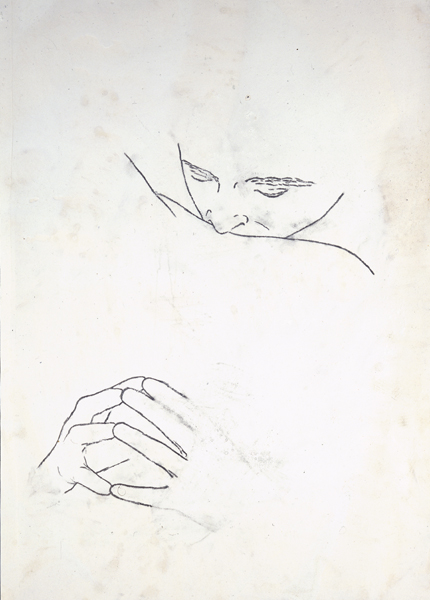
Febre (16) [Fever (16)]
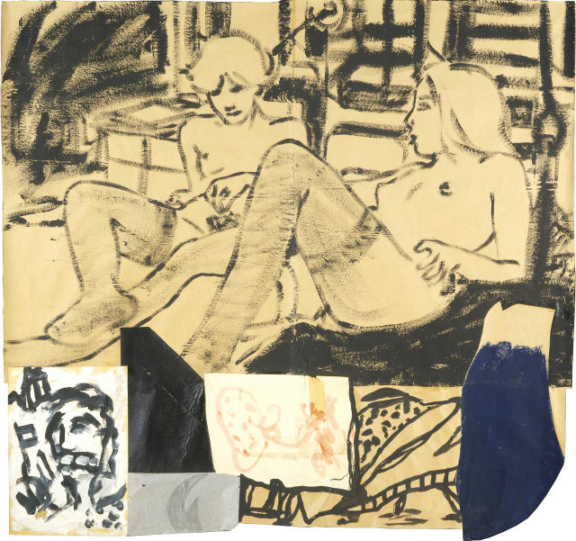
Noites Brancas [White Nights]
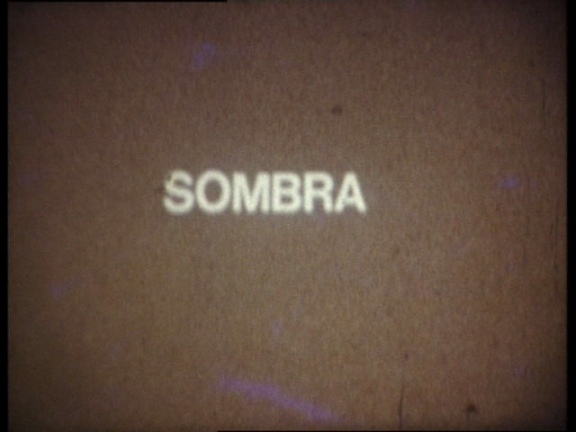
Sombra [Shadow]

A Peaceful Day in the Country
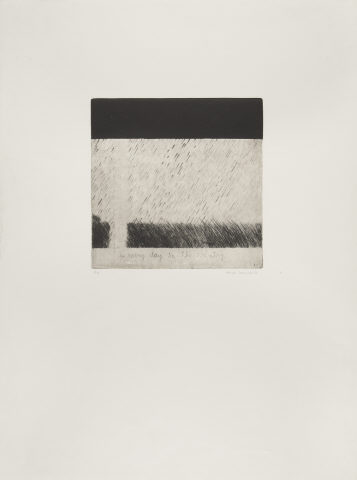
A Rainy Day in the Country

Just a Skin Affair

Pina
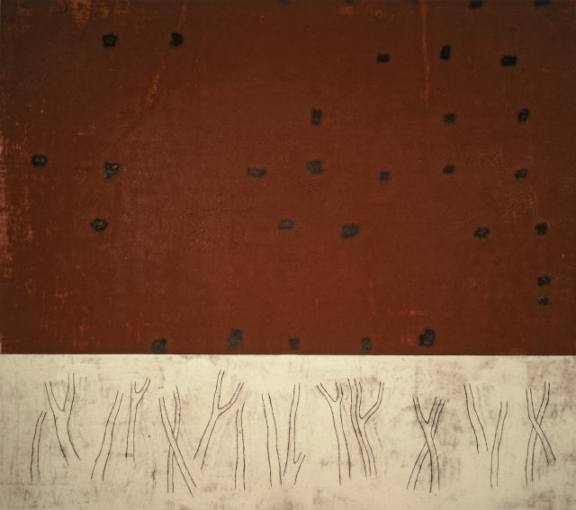
The Frozen Leopard

The House With Upstairs in it
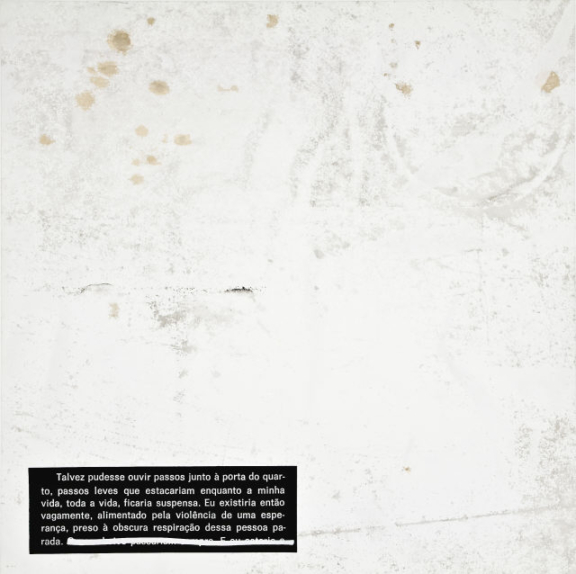
Hélder

The House With Upstairs in it
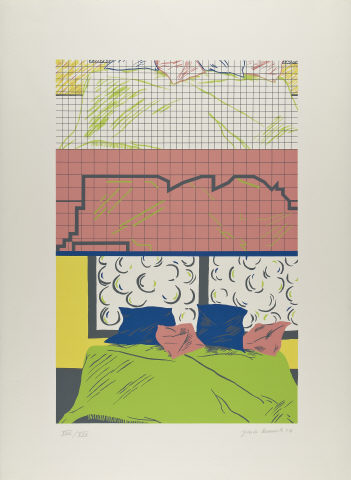
Quarto de cama n.º 21
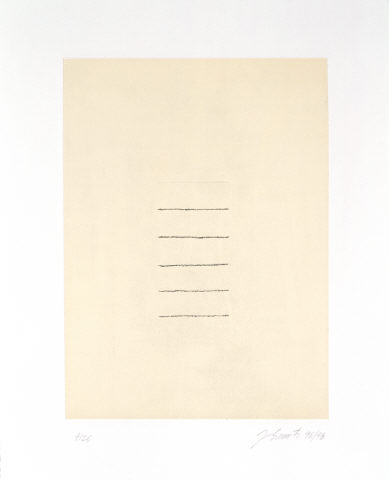
The House With Upstairs in it